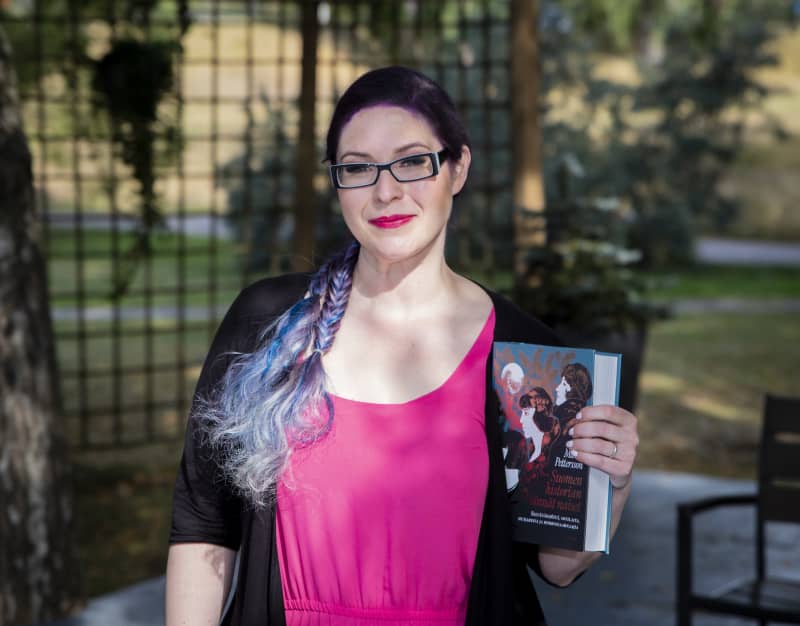Pettersson’s book \”The Hottest Women in Finnish History\” was published at the end of August. Her first work on historical women was published two years ago.
According to the researchers, Pettersson’s recent book (Athena, 2022) contains copied text from, among other things, a scientific article and a master’s thesis.
Pettersson and Atena publishing house, which published the book, deny the plagiarism and say that it is a matter of borrowing, the sources of which are indicated in the book’s reference list.
The anonymous lawyers of the Finnish Publishing Association state the same in their statement, which Atena had requested from the association after the accusations of plagiarism came to light. Suomen Kustannusyhdistys is an advocacy organization for book publishers.
– Pettersson has indicated the source and is therefore not guilty of plagiarism. Whether Pettersson’s reference is accurate enough or not, the original source can be easily found, the statement says.
Pettersson: Citation is a normal practice in a popular non-fiction book
According to the researchers, the text passages of the chapter they examined are either direct, modified or indirect quotations from the original sources. According to them, some of the fragments are \”summaries of the source text\”.
The researchers say Pettersson’s way of working is \”mosaic-like\” and resembles a \”cut and paste technique\”.
Pettersson himself says that it’s not plagiarism, but \”a normal way of making common sense non-fiction\”. – In research, research is done, but in a popular information book, existing research is generalised, assembled, summarized and edited, says Pettersson.
Research doctor Nuppu Koivisto-Kaasik, one of the authors of the plagiarism charge, commented on the statement of the lawyers of the Publishing Association on Facebook on Thursday. According to him, plagiarism is defined too narrowly in the statement. In their statement, the lawyers write that \”Plagiarism, i.e. imitation, is the use of another work without indicating the source\”.
– In terms of ethics, the statement is not enough to cover the problem area, Koivisto-Kaasik writes.
– With this logic, anyone could basically copy-paste an entire book and publish it under their own name as long as they cite the source at the end.
At the beginning of September, Pettersson told Yle that he started collecting stories of historical hot women at a young age. First, he shared short biographies on his Twitter account, then compiled them into a book, which was published in 2020.

